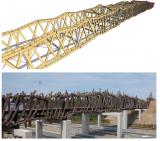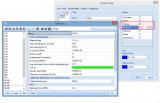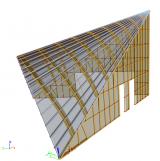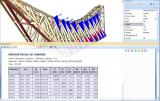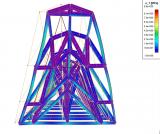sentd.01 - Timber design
- Kód modulu sentd.01
-
Softvér
- SCIA Engineer
-
Zahrnuté v edícii
- Concept,
- Professional,
- Expert,
- Ultimate
- Kategória Timber Design
- Licencia Trvalé
